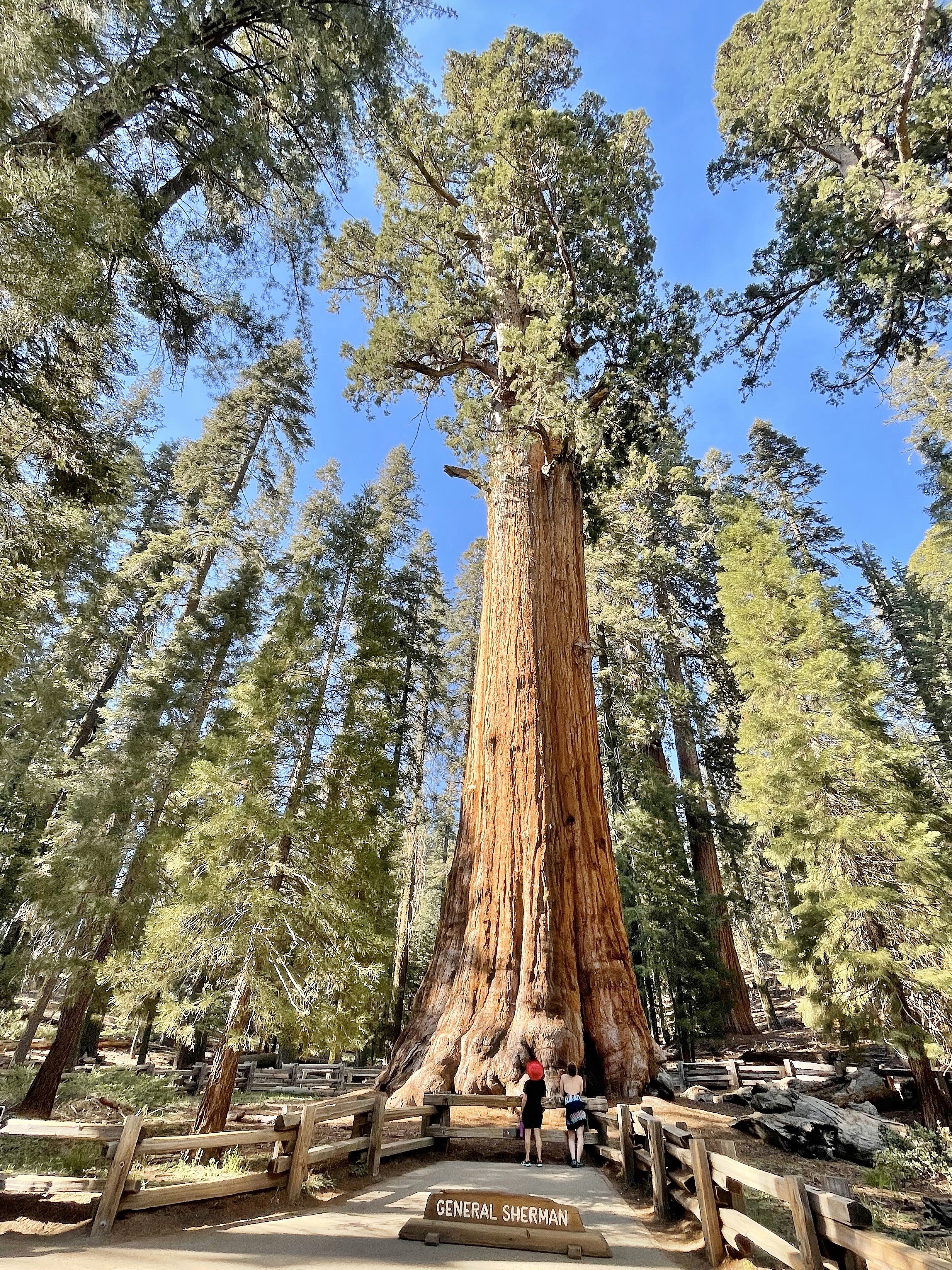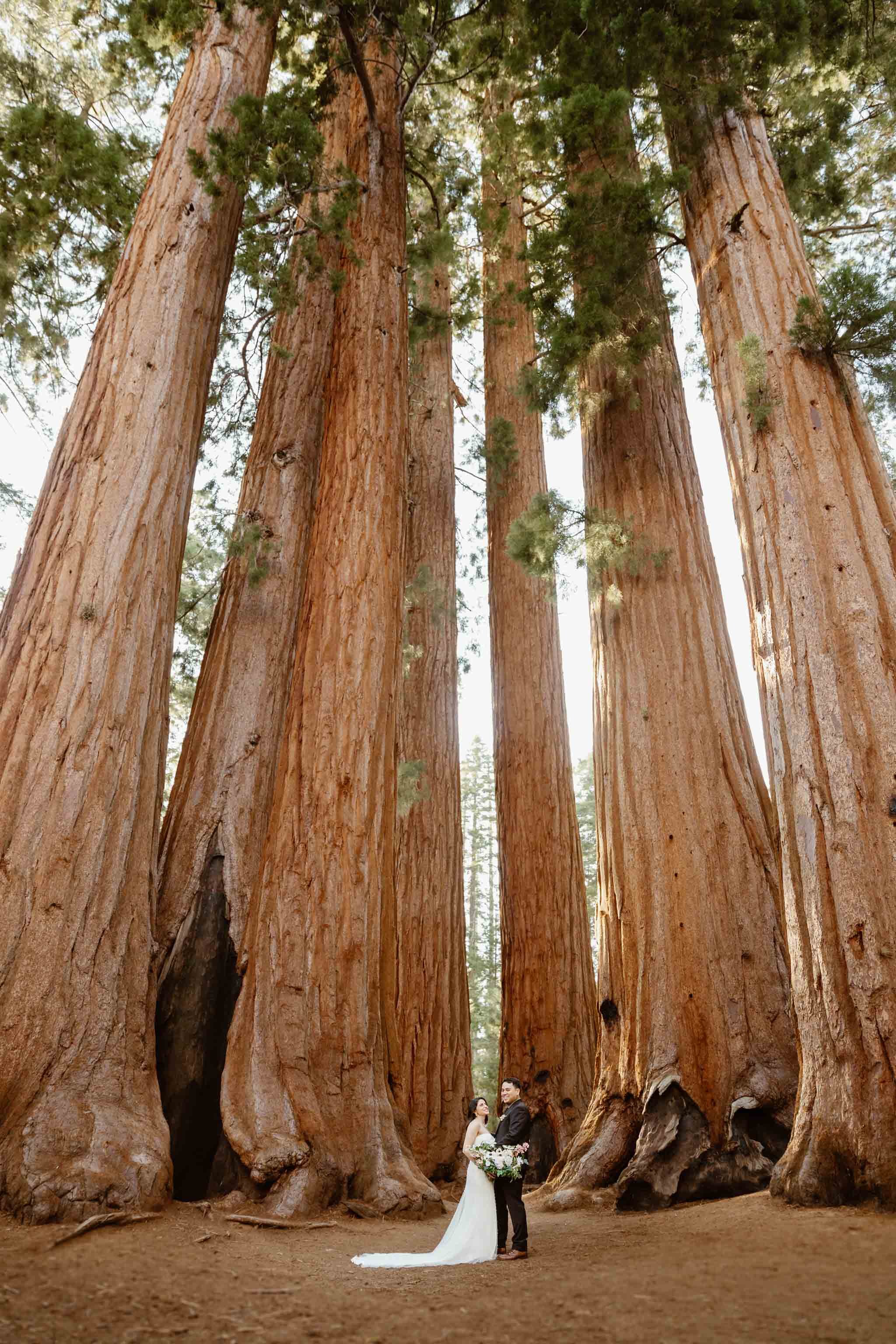Explore the Diverse Wildlife Habitats Within Sequoia National Forest
Sequoia National Park is an ecological prize, showcasing an impressive range of wild animals habitats that contribute to its rich biodiversity. From the stunning large sequoia forests to the diverse alpine meadows, each atmosphere plays a vital role in sustaining numerous types, including both typical and unusual animals.
Summary of Sequoia National Park
Sequoia National Park, nestled in the southern Sierra Nevada chain of mountains of The golden state, is renowned for its awesome landscapes and towering large sequoias. Developed in 1890, it is among the oldest national forests in the United States, dedicated to maintaining the natural beauty and eco-friendly honesty of this special region. The park encompasses over 404,000 acres of varied surface, featuring stunning mountains, deep canyons, and lush fields.

Visitors can explore numerous hiking routes, varying from leisurely strolls to tough backcountry courses, each offering an unique viewpoint of the park's majesty. With its mix of natural wonders and recreational opportunities, Sequoia National Park works as a vital sanctuary for both wild animals and those looking for to connect with nature.

Major Wildlife Environments
The varied landscapes of Sequoia National forest create a mosaic of wildlife habitats that sustain an abundant selection of varieties. These environments vary from lavish meadows and dense forests to rocky alpine zones and large river valleys, each supplying distinct ecological particular niches.
One noticeable habitat is the gigantic sequoia forest, defined by looming trees and a rich understory, which supports different mammals, birds, and pests. The mixed conifer woodlands, composed of varieties such as sugar pine and white fir, offer added shelter and food sources for wild animals.
Meadows and meadows play a crucial function in the park's environments, acting as essential foraging premises for herbivores like deer and little animals. These open locations likewise draw in diverse bird varieties, specifically throughout migration periods.
The park's greater altitudes feature towering habitats, where problems are severe and varieties are adapted to endure in such extremes (Sequoia National Park hour). Right here, one can locate distinct vegetation and fauna that thrive in rough, chilly environments
Flora and Animal Diversity
Within the varied ecological communities of Sequoia National Park, an amazing variety of vegetation and animals coexists, showcasing the complex partnerships that maintain the park's biodiversity. The park is home to over 1,300 plant varieties, including the iconic huge sequoias, which are among the biggest and earliest trees in the world. These stunning trees provide important environment and food resources for various wild animals, promoting a complicated web of ecological interactions.
Animal species in Sequoia National forest are just as diverse, with habitats ranging from lowland foothills to high alpine atmospheres. Mammals such as black bears, mule deer, and bobcats prosper in this rich ecosystem, while bird varieties, consisting of the marvelous gold eagle and the evasive seen owl, poise the skies. Amphibians and reptiles, like the Sierra newt and the western rattlesnake, likewise play crucial duties in maintaining eco-friendly balance.
The park's distinct combination of elevation gradients and microclimates supports these different types, highlighting the value of protecting the all-natural habitats that enable such a rich tapestry of life to grow. Recognizing this variety is important for valuing the eco-friendly significance of Sequoia National forest.
Conservation Efforts in the Park
Conservation efforts in Sequoia National forest play an essential duty in safeguarding its special ecological communities and the diverse types that inhabit them. The park utilizes a complex approach, including habitat restoration, types monitoring, and invasive types management. These campaigns are essential for preserving the fragile equilibrium of the park's ecosystems, that include gigantic sequoias, meadows, and alpine settings.
Energetic restoration tasks focus on restoring native plant neighborhoods and rehabilitating degraded environments. Sequoia National Park hour. This is especially crucial in locations affected by human activity or all-natural disturbances such as wildfires. The park's biologists perform normal tracking of essential types, consisting of the jeopardized Sierra Nevada bighorn lamb, to analyze populace health and educate management approaches
Intrusive types present a considerable hazard to the park's biodiversity. To battle this, park team carry out removal programs to control or eradicate non-native plants and animals that interfere with neighborhood ecosystems. Public education and learning and neighborhood participation are also emphasized, as they promote a deeper recognition for preservation efforts. With these detailed campaigns, Sequoia National forest makes every effort to shield its abundant all-natural heritage for future generations while ensuring the strength of its varied wild animals environments.
Tips for Wild Animals Monitoring
Observing wildlife in Sequoia National Park uses a distinct opportunity to connect with nature and appreciate the diverse species that thrive in this amazing habitat. To optimize your wildlife observation experience, consider several vital suggestions.
To start with, strategy your go to throughout morning or late mid-day, as these times are most energetic for many animals. Bring field glasses to observe wild animals from a safe range without disrupting their natural behavior. In addition, familiarize on your own with the types you wish to see; recognizing their practices and environments can improve your chances of detecting them.
Persistence is vital; wildlife monitoring frequently calls for waiting silently and recognizing your surroundings. Remain on designated tracks to minimize your influence on the community and guarantee your safety. It is likewise advisable to keep a click here for more info respectful range from animals, preventing any kind of actions that can stress them or disrupt their setting.
Lastly, take into consideration signing up with assisted tours led by educated park rangers. These professionals can supply valuable insights and boost your chances of seeing wild animals in their all-natural settings. By adhering to these tips, you can enhance your experience and add to the conservation of Sequoia's wild animals.

Conclusion
Sequoia National forest works as a vital refuge for diverse wild animals, showcasing an exceptional range of environments that support countless types. The interplay in between giant sequoia woodlands, mixed conifer timberlands, meadows, and towering regions promotes a rich environmental tapestry. Ongoing preservation initiatives are necessary for preserving these habitats and the one-of-a-kind flora and animals that inhabit them. Eventually, the park's biodiversity underscores the value of maintaining such natural landscapes for future generations.
Comments on “Sequoia National Park Entrance Fee-- Cost of Admission and Passes”